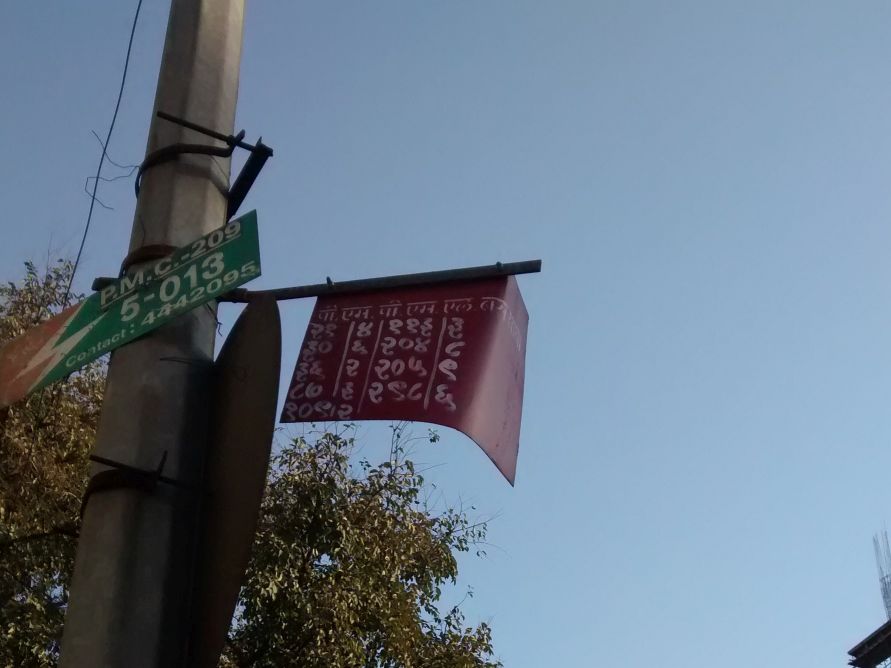Last week, the Pune Mahanagar Parivahan Mahamandal Limited (PMPML) launched a tender worth ₹45 crore under the Smart Cities Mission to set up 1,500 smart bus stops which included a 5x5x7 feet shop and kiosk. According officials of the corporation, the aim of this plan is to monetise bus stops, which makes sense given that the PMPML is currently sitting with a financial deficit of ₹600 crores.
However, the move has not gone down with certain people. Various groups including women’s organisations and others (interestingly described as ‘sundry’ by Pune Mirror in its not-so-neutral report) are opposing the move on rather flimsy grounds. They claim that the stalls will attract paan, bidi, gutka and cigarette shops which in turn will invite loiterers who might cause an inconvenience to female commuters. They have demanded that the corporation junk the plan and look at advertising and corporate social responsibility (CSR).
While advertising is lucrative, it’s scope is limited. As for CSR, the lesser said, the better. Now, the important question is, why is this move important. PMPML wants to implement these new bus shelters on all the bus rapid transit system (BRTS; also known as Rainbow) corridors as well as on major prime routes. It requires a total of 4,200 shelters across Pune and Pimpri-Chinchwad, and currently has only 1,996 shelters and that figure includes 749 stainless steel shelters (similar to the ones in Mumbai) and 110 BRTS shelters.
The argument that this move will only attract paan-bidi stalls is an assumption. So far, no bus station (except maybe a few in scattered rural parts of India) has a paan-bidi or gutka stall on its premises. The same goes for metro stations. Along with this comes a question: Which paan-bidi stall will go thru a government bidding process to set up a stall when the proprietor can easily set up a stall elsewhere. Next point: Most such stalls are invariably located next to our just outside a restaurant or a bar, often attached to them but accessible from the outside. That’s where the business comes. People go there after drinking or eating. Why would they come to a bus stop if the profit motive is limited?
Going forward that this opposition is based on an assumption, let us review some precedents.
In 2015, the Ahmedabad Janmarg Limited (AJL), facing increasing losses decided to start renting out space to banks to set up ATMs. Then, it went a step further and approved a plan to set up a tea stall that would sell refreshments and soft drinks at Maninagar and Nehrunagar Janmarg stations. Of course it is important to note that AJL uses off-board ticketing using AFC gates, much like a metro rail system. The PMPML meanwhile does not have such a system in place for the BRTS. The onus on ensuring that the shops are rented out to the right people lies on the PMPML, but having said that, they would not be stupid enough to rent them out to paan shops.
Taking a leaf out of metro systems’ books across the country; many of them have turned to non-fare revenue to offset losses. This includes auctioning off naming rights of stations, something not feasible for bus stops, advertising on the bus shelters and of course, retailing. This is not just limited to India, it is seen globally at various metro systems across. The largest success stories of this are in Delhi, Mumbai and of course Chennai.
If people are concerned with the size of the shop, that’s the size of many shops on the Mumbai Metro and even the Chennai Metro. The Jai Shree Radhe Soda Pub on the Mumbai Metro and Tibbs Frankie outlet on the Chennai Metro are just slightly larger than the size prescribed by the PMPML. But if the AJL could successfully have done it, why not Pune?
With a burgeoning debt that the corporation is sitting on, non-fare revenue is a great way to ease the burden. Opposing good plans with flimsy excuses, not so good.
Featured Image: An old makeshift PMPML bus stop sign from 2015.
If you’re venturing out, please wear a mask and carry sanitiser with you:
![]()

